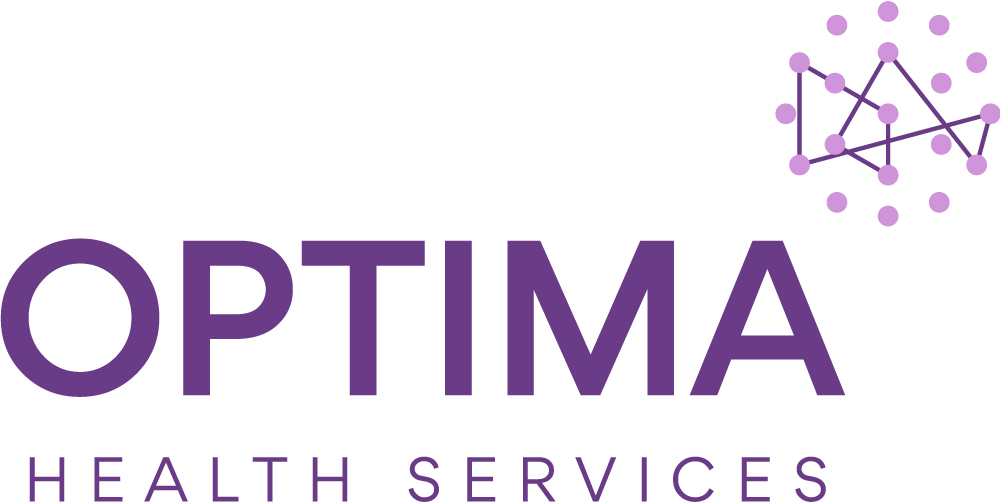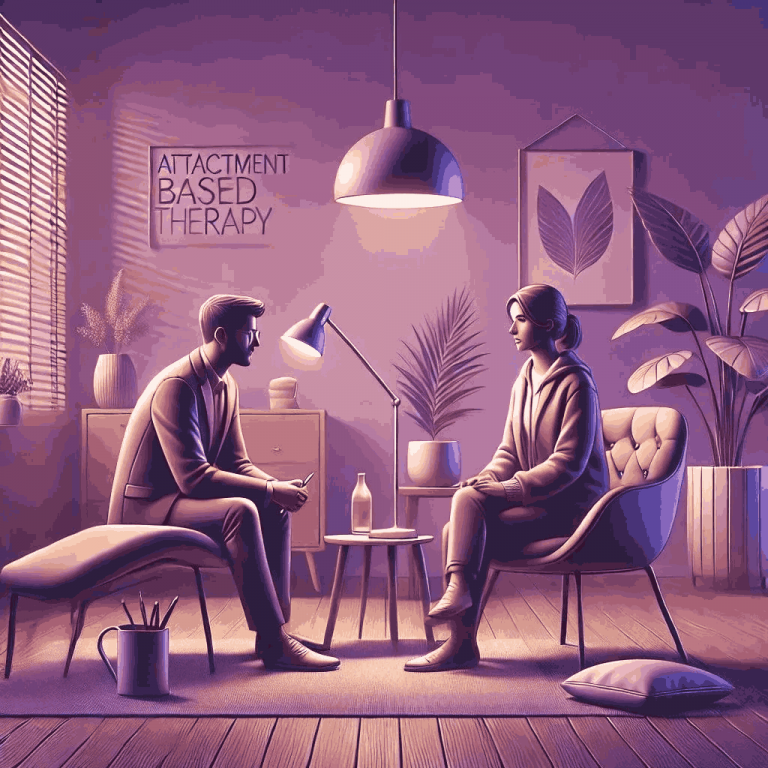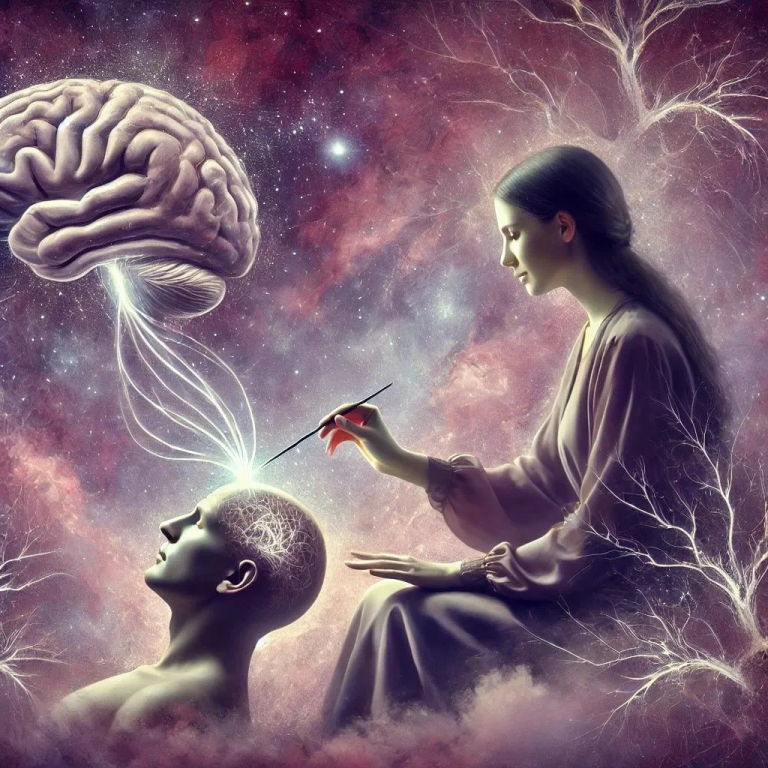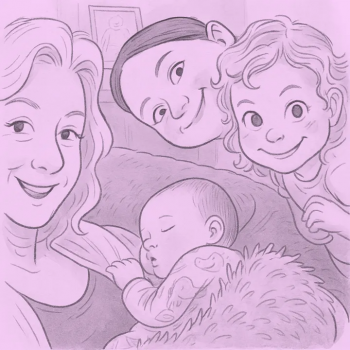Seeing Beneath the Surface in Therapy
Your client doesn’t arrive in therapy with a diagnosis neatly wrapped in clinical terms. They come with something far more complex—a nervous system shaped by experience.
They bring a story lived through relationship: through the unmet gaze of a distracted parent, the unpredictability of care, the comfort of consistency, or the rupture of neglect.
And that story often doesn’t appear first in words. It shows up in the body.
As therapists, when we approach our work through the lens of attachment theory, we begin to see more clearly. We develop what you might call “attachment night vision”—a capacity to see in the relational dark. To pick up on cues that live beneath the surface: the slight freeze before answering a question, the urgency in a client’s text between sessions, the quiet dread that follows moments of connection. All of it speaks.
Attachment as a Somatic Story
Working with an attachment-informed approach gives us more than theory—it gives us a clinical compass. It reminds us to ask: What did this client learn about relationships? About safety? About need and expression?
When we view our clients through this lens, we gain:
- A deeper sensitivity to body-based signs of distress or disconnection
- Greater empathy for behaviours that might otherwise seem ‘resistant’ or ‘dysfunctional’
- Clarity in pacing the therapeutic relationship to build trust and safety over time
- Insight into how our own attachment systems are activated in the room
From Insight to Integration
Therapy shifts when we move from behaviour to meaning. From what the client is doing to why their system is doing it. This shift allows us to respond differently—to hold space with more patience, to ask different questions, to validate not just thoughts but felt experiences.
And it’s not just our clients who benefit. As therapists, developing attachment night vision can profoundly change how we work. It deepens our capacity to stay present in moments of rupture. It helps us recognise when the therapeutic relationship itself is being used to test safety. And it allows us to offer something potentially reparative: a steady, attuned presence that wasn’t always there before.
From Insight to Integration
Attachment theory doesn’t give us quick fixes. But it provides us with a map. And when we pair that map with somatic attunement—listening to the breath, tone, gesture, and stillness—we become more than interpreters of words. We become companions to the nervous system. We begin to understand not just the story our client tells us, but the one they’ve lived in their body for years.
That’s the real work. Not diagnosis, but deep listening. Not analysis, but relationship. And it begins when we look with care—even in the dark.
How does attachment inform your work with clients? Are you noticing more somatic signs in the therapy room? We’d love to hear how you’re integrating this understanding into your practice.
#AttachmentTherapy #SomaticPsychotherapy #RelationalHealing #TherapistTools #ClinicalPractice #TraumaInformedCare #CounsellingTheory #MentalHealthProfessionals #TherapyBlog #AttachmentLens #NervousSystemHealing






